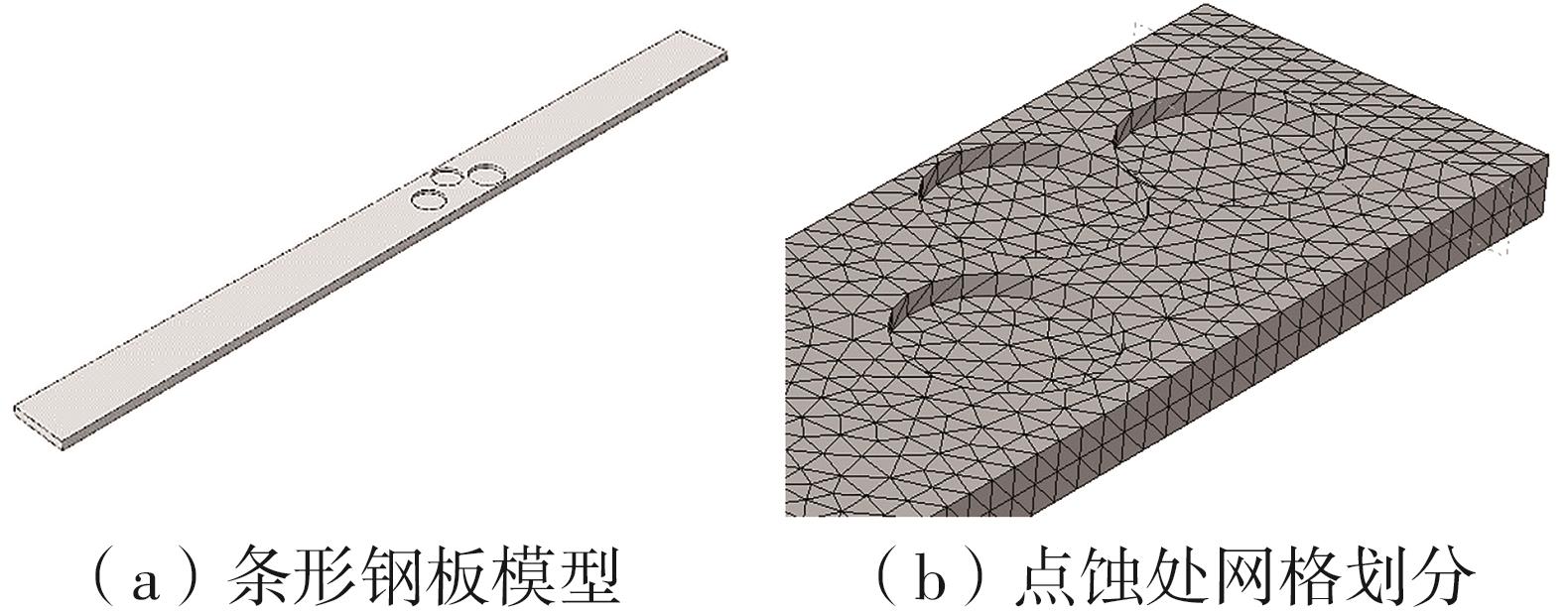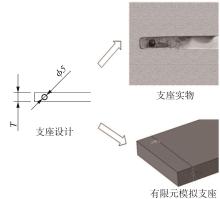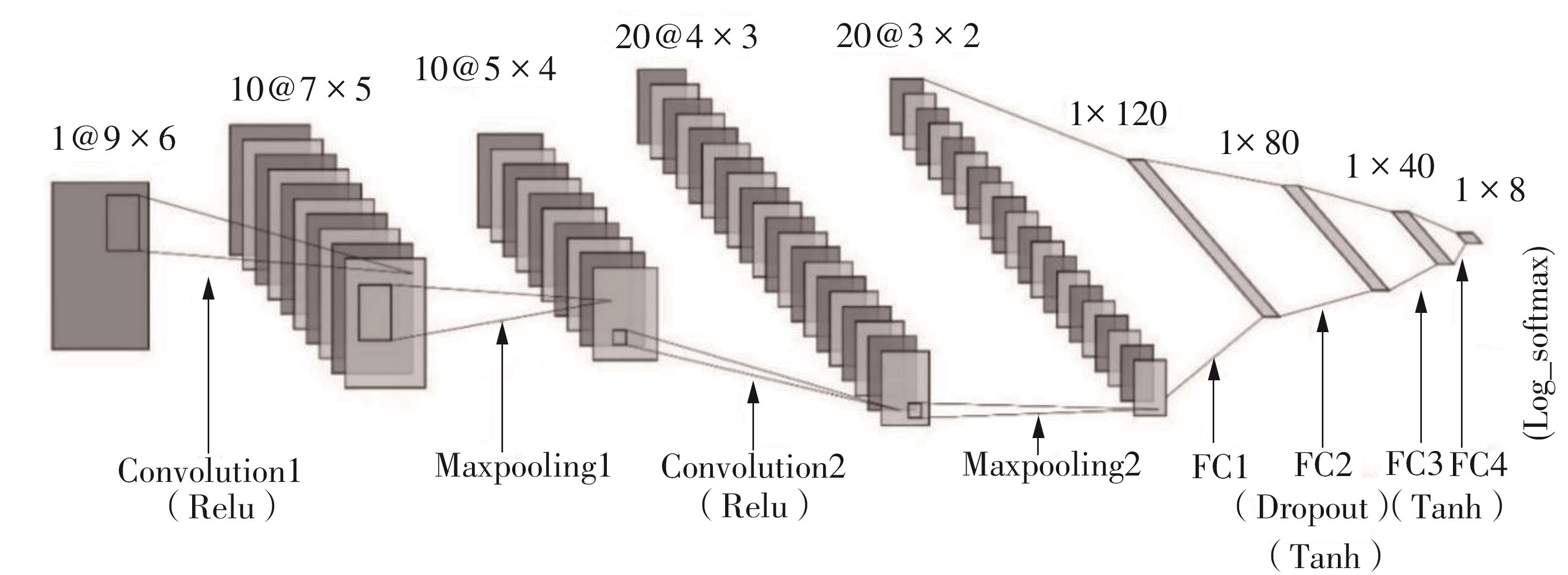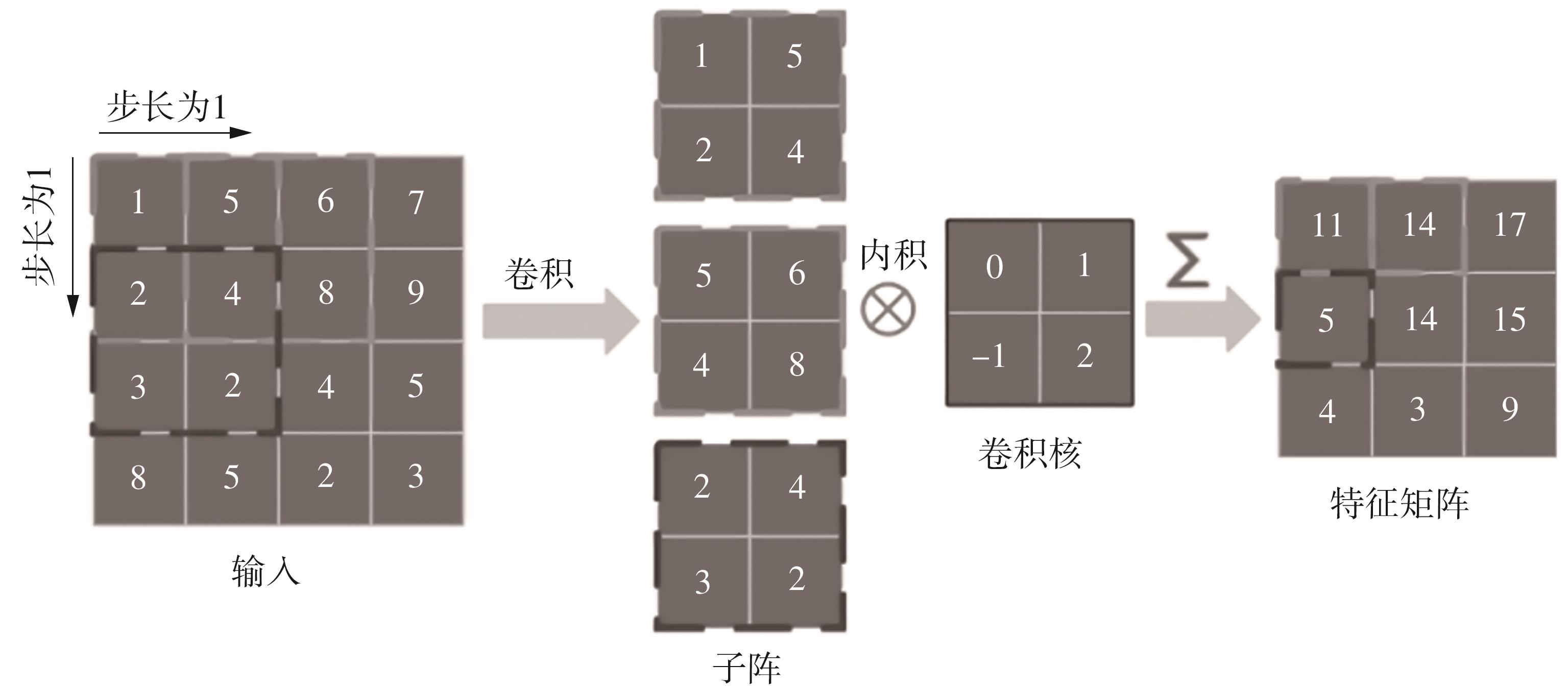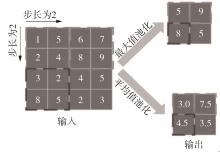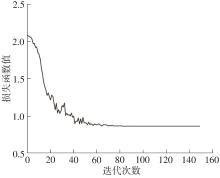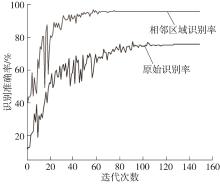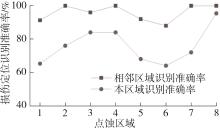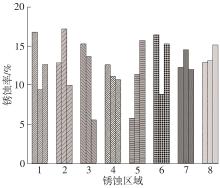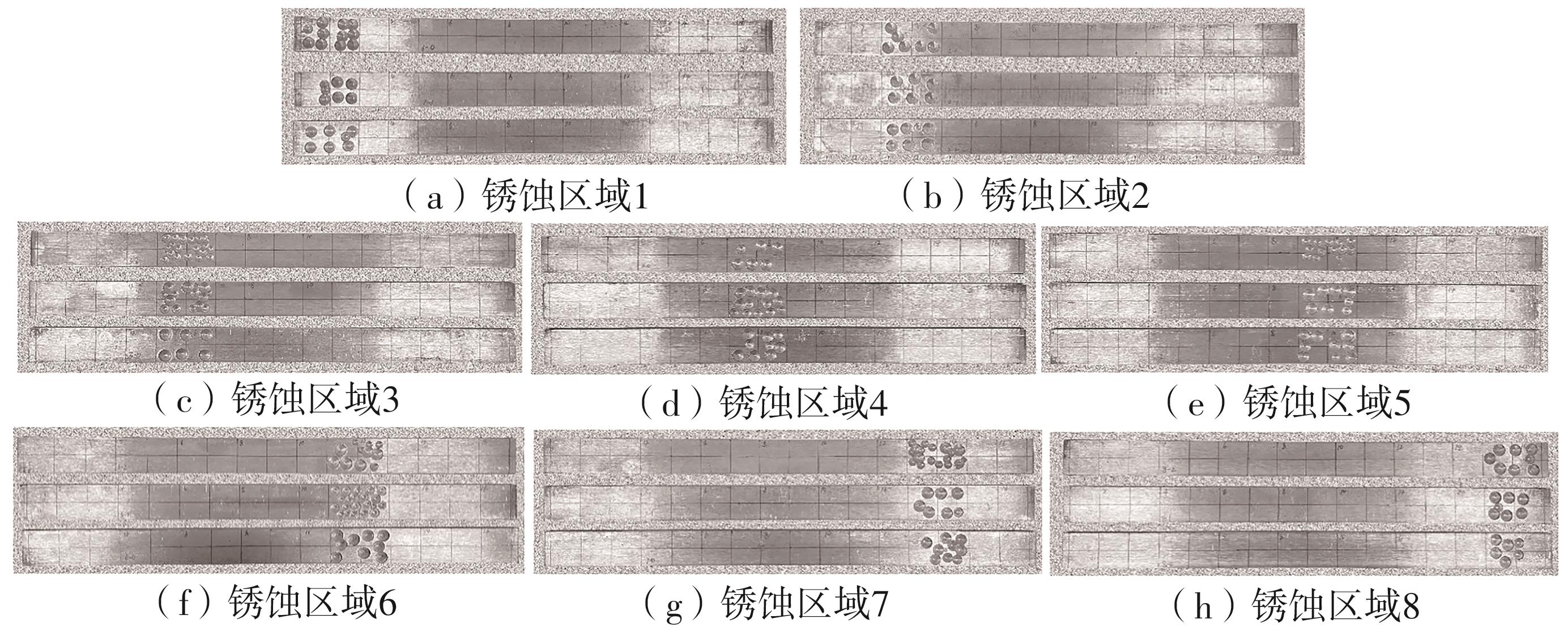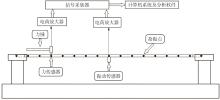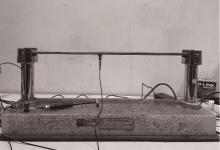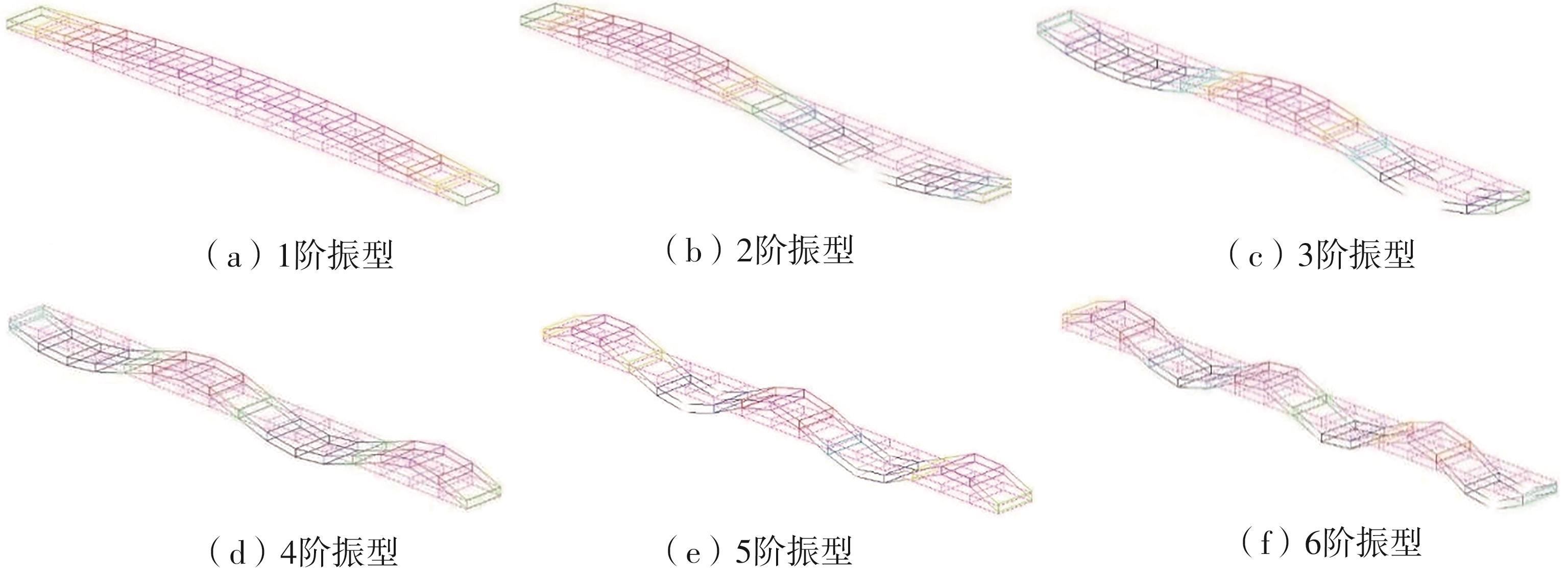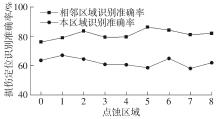Journal of South China University of Technology(Natural Science Edition) ›› 2024, Vol. 52 ›› Issue (11): 43-54.doi: 10.12141/j.issn.1000-565X.230685
Special Issue: 2024年土木建筑工程
• Architecture & Civil Engineering • Previous Articles Next Articles
Intelligent Method for Identifying Damage of Steel Members with Localized Random Pitting Based on Convolutional Neural Network
QIANG Xuhong1( ), TIAN Weixiao2, JIANG Xu1(
), TIAN Weixiao2, JIANG Xu1( ), ZHAO Bosen3
), ZHAO Bosen3
- 1.College of Civil Engineering,Tongji University,Shanghai 200092,China
2.China Road and Bridge Corporation,Beijing 100011,China
3.Shanghai Research Institute of Building Sciences Co. ,Ltd. ,Shanghai 200232,China
-
Received:2023-11-01Online:2024-11-25Published:2024-06-14 -
Contact:姜旭(1982—),男,副教授,博士生导师,主要从事结构工程和智能建造研究。 E-mail:jiangxu@tongji.edu.cn -
About author:强旭红(1984—),女,副教授,博士生导师,主要从事结构工程和智能建造研究。E-mail:qiangxuhong@tongji.edu.cn -
Supported by:the Key Program of the National Key Research and Development Program of China(2020YFD1100403);the Project of Shanghai Science and Technology Plan(20DZ2253000)
CLC Number:
Cite this article
QIANG Xuhong, TIAN Weixiao, JIANG Xu, et al. Intelligent Method for Identifying Damage of Steel Members with Localized Random Pitting Based on Convolutional Neural Network[J]. Journal of South China University of Technology(Natural Science Edition), 2024, 52(11): 43-54.
share this article
| 1 | 罗立胜,陈志华 .锈蚀钢构件时变可靠度的重要抽样法研究[J].工业建筑,2019,49(8):1-5,107. |
| LUO Lisheng, CHEN Zhihua .Time-dependent reliability analysis of corroded steel members based on the important sampling method[J].Industrial Construction,2019,49(8):1-5,107. | |
| 2 | 罗立胜,陈志华,赵小龙,等 .大气腐蚀环境下钢构件抗力退化模型[J].结构工程师,2019,35(2):52-58. |
| LUO Lisheng, CHEN Zhihua, ZHAO Xiaolong,et al .Deterioration model for resistance of steel member in atmospheric environment[J].Structural Engineers,2019,35(2):52-58. | |
| 3 | BHANDARI J, KHAN F, ABBASSI R,et al .Modelling of pitting corrosion in marine and offshore steel structures—a technical review[J].Journal of Loss Prevention in the Process Industries,2015,37:39-62. |
| 4 | WANG Y, WHARTON J A, SHENOI R A .Ultimate strength analysis of aged steel-plated structures exposed to marine corrosion damage:a review[J].Corrosion Science,2014, 86:42-60. |
| 5 | PIDAPARTI R M, PALAKAL P J, FANG L .Cellular automation approach to model aircraft corrosion pit damage growth[J].AIAA Journal,2004,42(12):2562-2569. |
| 6 | 张新燕 .腐蚀坑对圆棒构件应力集中及腐蚀疲劳寿命的影响研究[D].兰州:兰州理工大学,2013. |
| 7 | Standard Guide for Examination and Evaluation of Pitting Corrosion: [S]. |
| 8 | 王波,袁迎曙,李富民,等 .氯盐锈蚀钢筋的屈服强度退化分析及其概率模型[J].建筑材料学报,2011,14(5):597-603. |
| WANG Bo, YUAN Ying-shu, LI Fu-min,et al .Deterioration analysis of yield strength and its probabilistic model of steel bar corroded by chloride[J].Journal of Building Materials,2011,14(5):597-603. | |
| 9 | 王雪飞,郭耀杰,孙云,等 .随机点蚀对Q460等边角钢抗拉性能的影响[J].科学技术与工程,2021,21(12):4882-4890. |
| WANG Xue-fei, GUO Yao-jie, SUN Yun,et al .Effect of random pitting corrosion on the tensile properties of Q460 equilateral angle steel[J].Science Technology and Engineering,2021,21(12):4882-4890. | |
| 10 | ZHANG X Z, LIU R, CHEN K Y,et al .Pitting Corrosion characterization of wrought stellite alloys in green death solution with immersion test and extreme value analysis model[J].Journal of Materials Engineering and Performance,2014,23(5):1718-1725. |
| 11 | 梁彩凤,侯文泰 .钢的大气腐蚀预测[J].中国腐蚀与防护学报,2006,26(3):129-135. |
| LIANG Caifeng, HOU Wentai .Prediction of atmospheric corrosion for steels[J].Journal of Chinese Society for Corrosion and Protection,2006,26(3):129-135. | |
| 12 | RIVAS D, CALEYO F, VALOR A,et al .Extreme value analysis applied to pitting corrosion experiments in low carbon steel:comparison of block maxima and peak over threshold approaches[J].Corrosion Science,2008,50(11):3193-3204. |
| 13 | OSSAI C I, BOSWELL B, DAVIES I .Markov chain modelling for time evolution of internal pitting corrosion distribution of oil and gas pipelines[J].Engineering Failure Analysis,2016,60:209-228. |
| 14 | MELCHERS R E .Pitting corrosion of mild steel in marine immersion environment-Part 2:Variability of maximum pit depth[J].Corrosion,2004,60(10):937-944. |
| 15 | 王燕舞,吴晓源,张雨华,等 .船舶结构钢海洋环境点蚀模型研究之二:实船蚀坑形态与径深比时变模型[J].船舶力学,2007,11(5):735-743. |
| WANG Yan-wu, WU Xiao-yuan, ZHANG Yu-hua,et al .Pitting corrosion model of mild and low-alloy steel in marine environment—part 2:the shape of corrosion pits[J].Journal of Ship Mechanics,2007,11(5):735-743. | |
| 16 | CAWLEY P, ADAMS R D .Assessment of large engineering structures using data collected during in-service loading[J].Journal of Strain Analysis for Engineering Design,1979,14(2):49-57. |
| 17 | CREED S .Assessment of large engineering structures using data collected during in-service loading[M].London:Butterworths,1987. |
| 18 | SALAWU O S .Detection of structural damage through changes in frequency:A review[J].Engineering Structures,1997,19(9):718-723. |
| 19 | 万小朋,李小聪,鲍凯,等 .利用振型变化进行结构损伤诊断的研究[J].航空学报,2003,39(5):422-426. |
| WAN Xiao-peng, LI Xiao-cong, BAO Kai,et al .Structure damage diagnosis based on analyzing changes of vibration mode[J].Acta Aeronautica et Astronautica Sinica,2003,39(5):422-426. | |
| 20 | PANDEY A K, BISWAS M, SAMMAN M M.Damage detection from changes in curvature mode shapes[J].Journal of Sound and Vibration,1991,145(2):321-332. |
| 21 | RATCLIFFE C P .Damage detection using a modified Laplacian operator on mode shape data[J].Journal of Sound and Vibration,1997,204(3):505-517. |
| 22 | SHI Z Y, LAW S S, ZHANG L M .Structural damage localization from modal strain energy change[J].Journal of Sound and Vibration,1998,218(5):825-844. |
| 23 | 史治宇,罗绍湘,张令弥 .结构破损定位的单元模态应变能变化率法[J].振动工程学报,1998,12(3):109-113. |
| SHI Zhiyu, LUO Shaoxiang, ZHANG Lingmi .Determination of structural damage location based on element modal strain energy change[J].Journal of Vibration Engineering,1998,12(3):109-113. | |
| 24 | 姚南,张天申,王元清,等 .在役桥梁钢结构的损伤检测与安全评估[C]∥第八届全国现代结构工程学术研讨会.天津:天津大学,2008:1638-1645. |
| 25 | 任克亮,吕国志,张有宏 .腐蚀结构分析中腐蚀坑的随机布置和计算机模拟[J].航空学报,2006,42(3):459-462. |
| REN Ke-liang, Guo-zhi LÜ, ZHANG You-hong .Stochastic arrange and computer simulation of corrosion pitting in damage structure[J].Astronautica Sinica,2006,42(3):459-462. | |
| 26 | 王海权 .基于模态的网架结构损伤识别模糊系统研究[D].北京:北京建筑大学,2021. |
| 27 | 滕志强 .基于卷积神经网络与振动信号的结构损伤识别[D].广州:广东工业大学,2021. |
| [1] | CAO Ruifen, HU Weiling, LI Qiangsheng, BIN Yannan, ZHENG Chunhou. Prediction Method of IL-6 Inducing Peptides Based on Graph Neural Network [J]. Journal of South China University of Technology(Natural Science Edition), 2025, 53(5): 109-117. |
| [2] | DU Qiliang, WANG Yimin, TIAN Lianfang. Attention Module Based on Feature Similarity and Feature Normalization [J]. Journal of South China University of Technology(Natural Science Edition), 2024, 52(7): 62-71. |
| [3] | LIU Weirong, ZHANG Zhiqiang, ZHANG Ning, et al. A TT-Tucker Decomposition-Based LC Convolutional Neural Network Compression Method Without Pre-Training [J]. Journal of South China University of Technology(Natural Science Edition), 2024, 52(7): 29-38. |
| [4] | YANG Chunling, CHEN Wenjun, LIU Jiahui. Feature-Space Optimization-Inspired and Multi-Hypothesis Cross-Attention Reconstruction Neural Network for Video Compressive Sensing [J]. Journal of South China University of Technology(Natural Science Edition), 2024, 52(10): 9-21. |
| [5] | MA Xiaoliang, AN Lingling, DENG Congjian, et al. Translation Optimization Technology of Automatic Speech Recognition Based on Industry-Specific Vocabulary [J]. Journal of South China University of Technology(Natural Science Edition), 2023, 51(8): 118-125. |
| [6] | ZHU Zhengyu, LUO Chao, HE Qianhua, et al. Multi-View Lip Motion and Voice Consistency Judgment Based on Lip Reconstruction and Three-Dimensional Coupled CNN [J]. Journal of South China University of Technology(Natural Science Edition), 2023, 51(5): 70-77. |
| [7] | YE Feng, CHEN Biao, LAI Yizong. Contrastive Knowledge Distillation Method Based on Feature Space Embedding [J]. Journal of South China University of Technology(Natural Science Edition), 2023, 51(5): 13-23. |
| [8] | LUO Yutao, GAO Qiang. Traffic Sign Detection Based on Channel Attention and Feature Enhancement [J]. Journal of South China University of Technology(Natural Science Edition), 2023, 51(12): 64-72. |
| [9] | QIU Zhibin, LU Zuwen, WANG Haixiang, et al. Recognition of Bird Sounds Related to Power Grid Faults Based on Mel Spectrogram and Convolutional Neural Network [J]. Journal of South China University of Technology(Natural Science Edition), 2022, 50(2): 129-136. |
| [10] | ZHANG Xiangzhu, ZHANG Lijia, SONG Yifan, et al. Obstacle Avoidance Algorithm for Unmanned Aerial Vehicle Vision Based on Deep Learning [J]. Journal of South China University of Technology(Natural Science Edition), 2022, 50(1): 101-108, 131. |
| [11] | KANG Lan HONG Shutao. Experimental Investigation on Fatigue Properties of Q690D High Strength Steel [J]. Journal of South China University of Technology(Natural Science Edition), 2021, 49(8): 35-42. |
| [12] | HUANG Min QI Haitao JIANG Chunlin. Coupled Collaborative Filtering Model Based on Attention Mechanism [J]. Journal of South China University of Technology(Natural Science Edition), 2021, 49(7): 59-65. |
| [13] | Qi LIU Bin Yu. Pavement Crack Recognition Algorithm Based on Transposed CNN [J]. Journal of South China University of Technology(Natural Science Edition), 2021, 49(12): 124-132. |
| [14] | LI Bo RAO Haobo. Salient Object Detection Based on Feature Enhancement in Complex Scene [J]. Journal of South China University of Technology (Natural Science Edition), 2021, 49(11): 135-144. |
| [15] | DU Qiliang, HUANG Liguang, TIAN Lianfang, et al. Recognition of Passengers'Abnormal Behavior on Escalator Based on Video Monitoring [J]. Journal of South China University of Technology (Natural Science Edition), 2020, 48(8): 10-21. |
| Viewed | ||||||
|
Full text |
|
|||||
|
Abstract |
|
|||||



